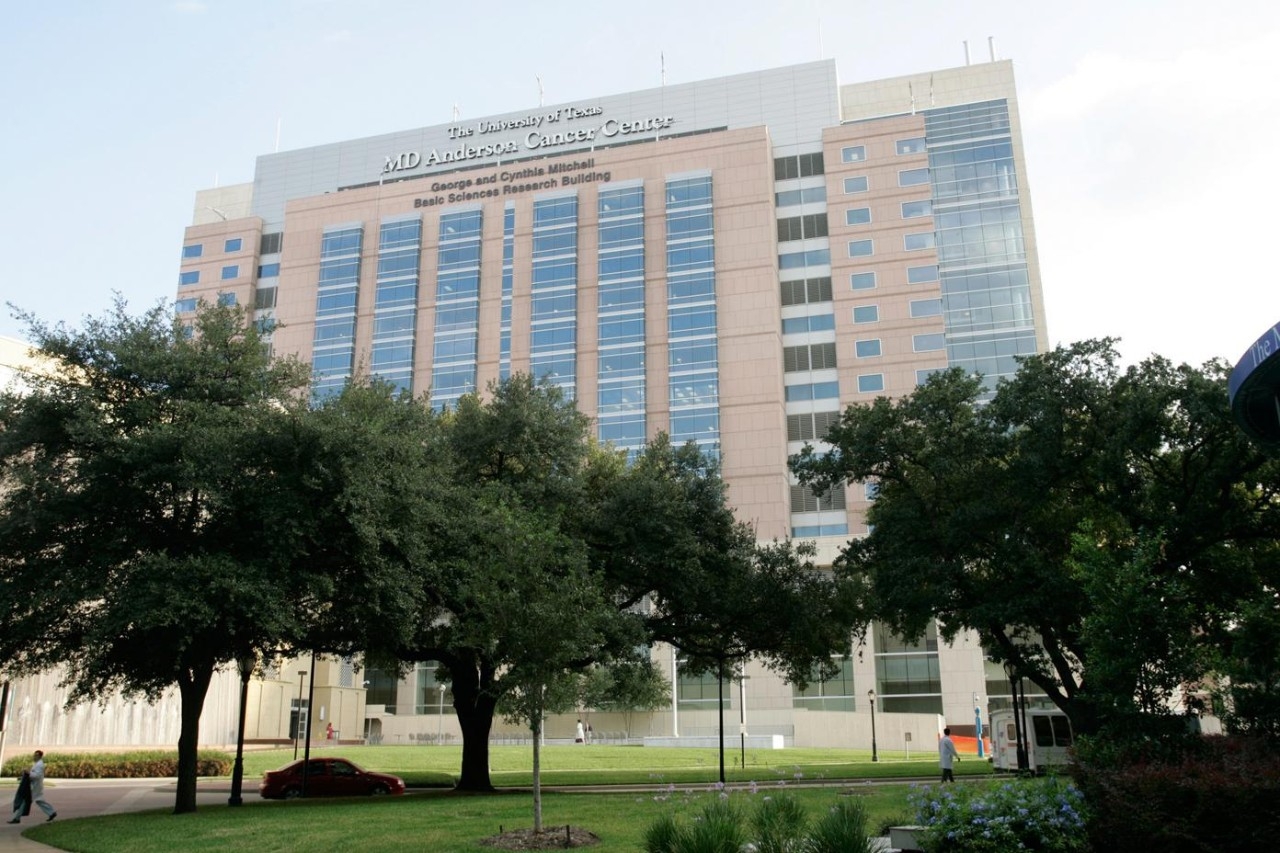
Veterinary Medicine & Surgery
Vanessa Jensen, D.V.M., DACLAM
Department Chair
- Departments, Labs and Institutes
- Departments and Divisions
- Veterinary Medicine and Surgery
The Veterinary Medicine and Surgery department exists to serve MD Anderson research programs.
Our primary aim is to provide the best possible veterinary care, facilities and services in support of the institutional animal care and use program, in keeping with all applicable laws, regulations, guidelines and Association for Assessment and Accreditation of Laboratory Animal Care (AAALAC) accreditation standards.
The department's capabilities are broad based and flexible to accommodate a variety of research interests while remaining in compliance with required standards. The basis of our program is centered on the well being of all animals, the best interests of our researchers, and the best interest of MD Anderson and its animal care and use program.
Animal Care at MD Anderson
Clinical and basic cancer research involving laboratory animals is conducted at MD Anderson. Improved cancer treatments and diagnostic procedures are being developed using laboratory animals. These involve chemotherapeutic and immunologic agents, surgical procedures, radiotherapy and combinations of multiple modalities.
Basic cancer research is conducted in support of patient care in the above areas as well, but also includes other animal use areas such as cancer biology, genetics, biochemistry, molecular therapeutics, immunology, pathology, pharmacology, biomathematics, neurology, anesthesiology and veterinary medicine and surgery.
USDA Research Facility Registration #7465
PHS Animal Welfare Assurance #A334301
AAALAC Accredited since 1969
Resources
Learn more about the role of animals in research.
Education
We offer a wide variety of veterinary professional educational opportunities for individuals seeking a career or continuing education in laboratory animal science.
Coming for a tour of our facility?
Before your tour, please be sure to complete the DVMS Tour Participant Release Form and all associated documents including the Animal Contact Brochure. Your signed release form should be submitted at least three weeks prior to your scheduled visit. If you have any questions or need information, please contact us at DVMS-Info@mdanderson.org.
